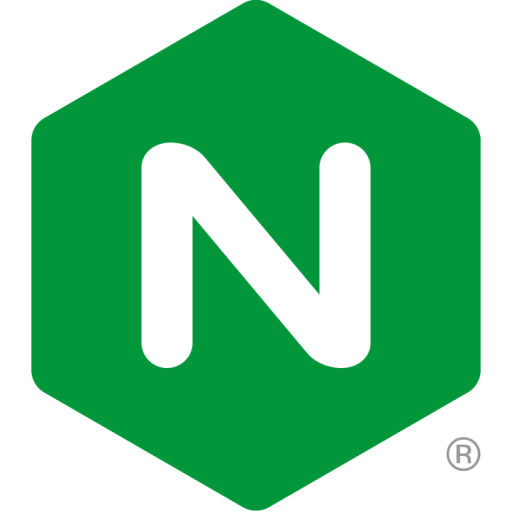All Posts
-
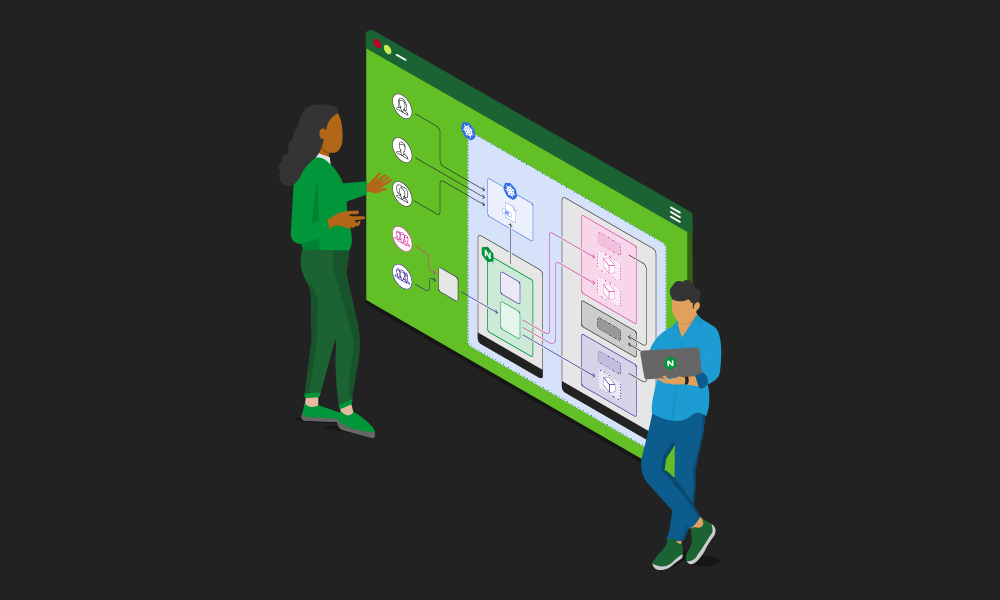
How NGINX Gateway Fabric Implements Complex Routing Rules
Learn why we use NGINX JavaScript in our Kubernetes Gateway API implementation for HTTP request matching to solve challenges when routing rules become too complex for Go templates.
-

Why We Decided to Start Fresh with Our NGINX Gateway Fabric
The Gateway API is an evolution of the Ingress resource that reimagines how connectivity is handled in Kubernetes. We discuss why we chose creating a new implementation, NGINX Gateway Fabric, rather than adding Gateway API specifications to NGINX Ingress Controller.
-
5 Reasons to Try the Kubernetes Gateway API
The Gateway API provides a better alternative to the Kubernetes Ingress resource. We discuss reasons to try it and introduce NGINX Gateway Fabric, an open source tool that enables you to use the Gateway API with NGINX as a data plane.
-
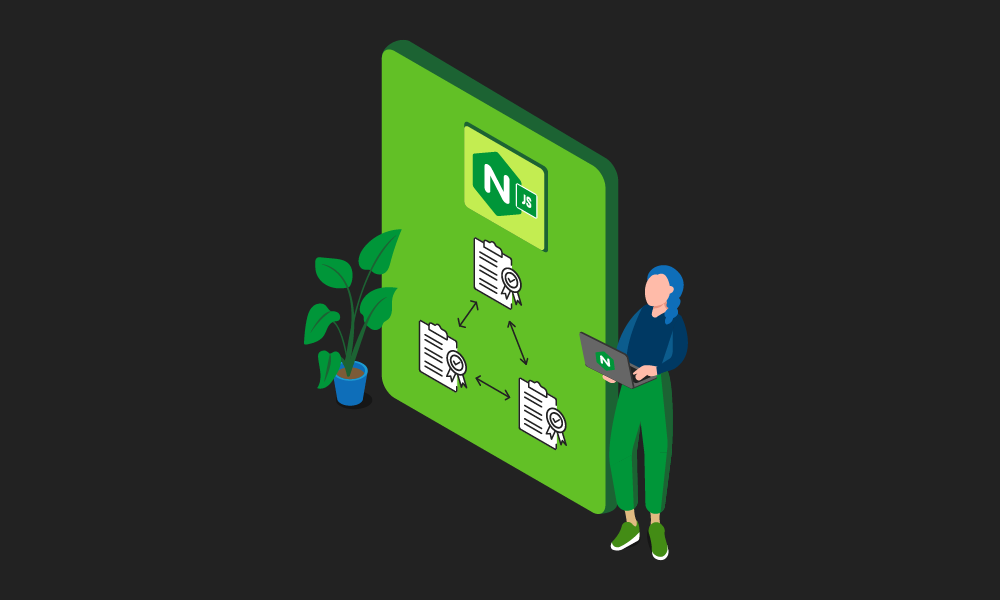
SSL/TLS Certificate Rotation Without Restarts in NGINX Open Source
The shared dictionary function enables you set up NGINX without the need to restart when rotating SSL/TLS certificates.
-
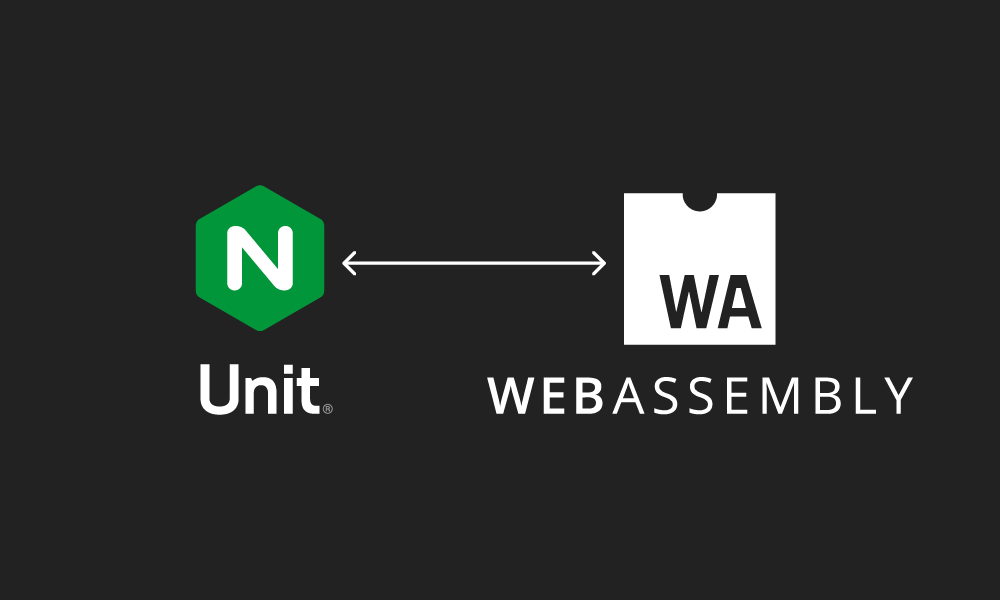
Server-Side WebAssembly with NGINX Unit
The NGINX Unit WebAssembly module “technology preview” showcases the potential for server-side Wasm while providing a lightweight server for running web applications.
-
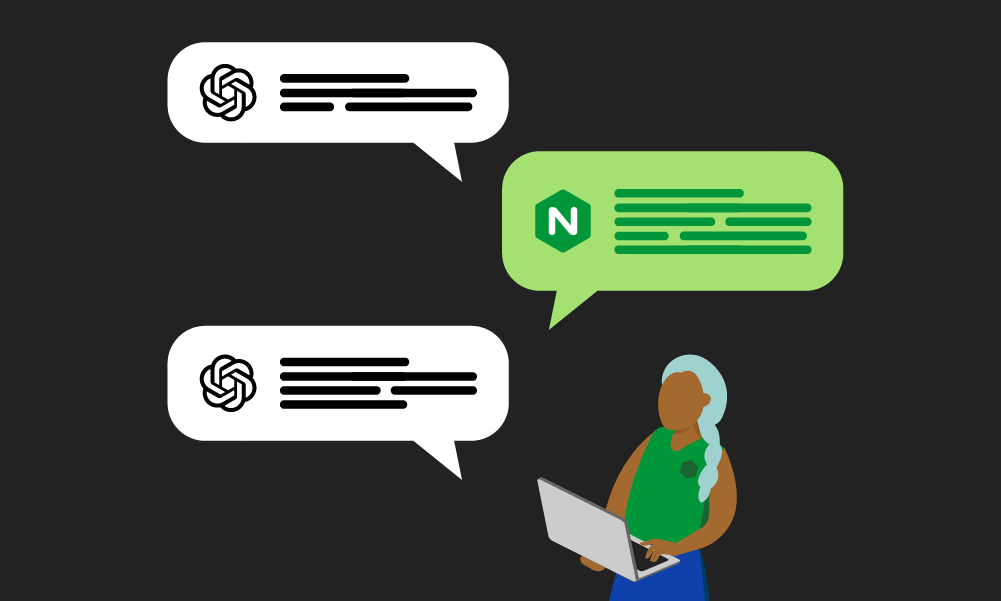
NGINX Chats with ChatGPT and Gets Mixed Results from the Hottest Bot du Jour
ChatGPT, an AI-based “conversational” chat bot, has taken the world by storm. We ask it questions about NGINX and rate its answers for accuracy. The results are mixed.
-
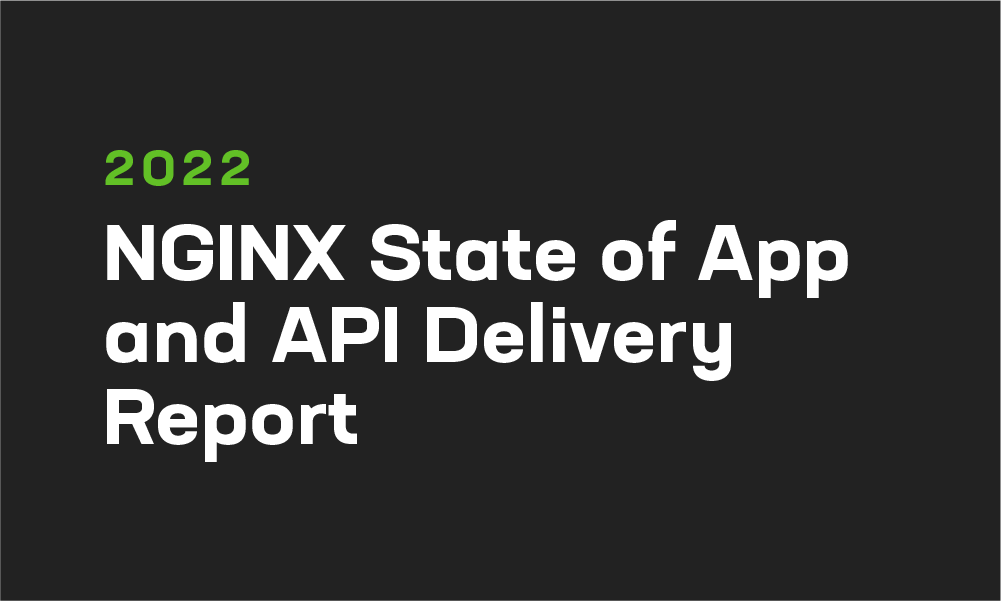
2022 NGINX State of App and API Delivery Report
In our 2022 survey report, we explore the current state of the NGINX community when it comes to app and API delivery practices, technologies, and challenges.
-

A Deeper Dive into WebAssembly, the New Executable Format for the Web
We predict WebAssembly will be a major force in the future of adaptive apps because of features like multi-language support and fast load times.
-

These OSS Projects Will Be the Next Big Thing
For developers and DevOps, the future is now. Identify the technologies that will change your world.
-
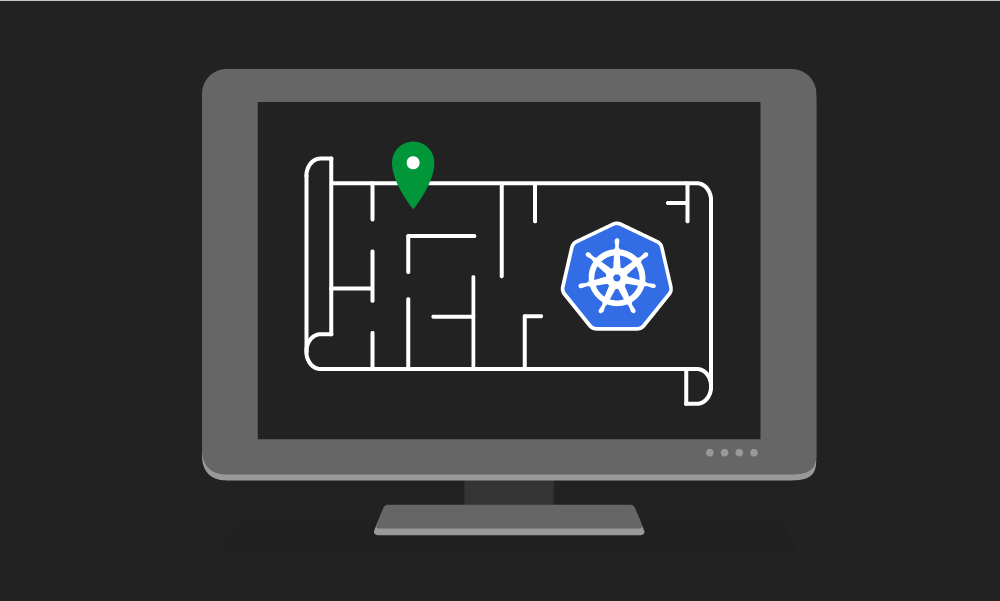
Three Steps for Starting Your Cloud-Native Journey with Kubernetes
The journey to cloud native doesn’t happen overnight. Learn how Kubernetes and NGINX can help as you start moving from monolithic to microservices-based apps.
-
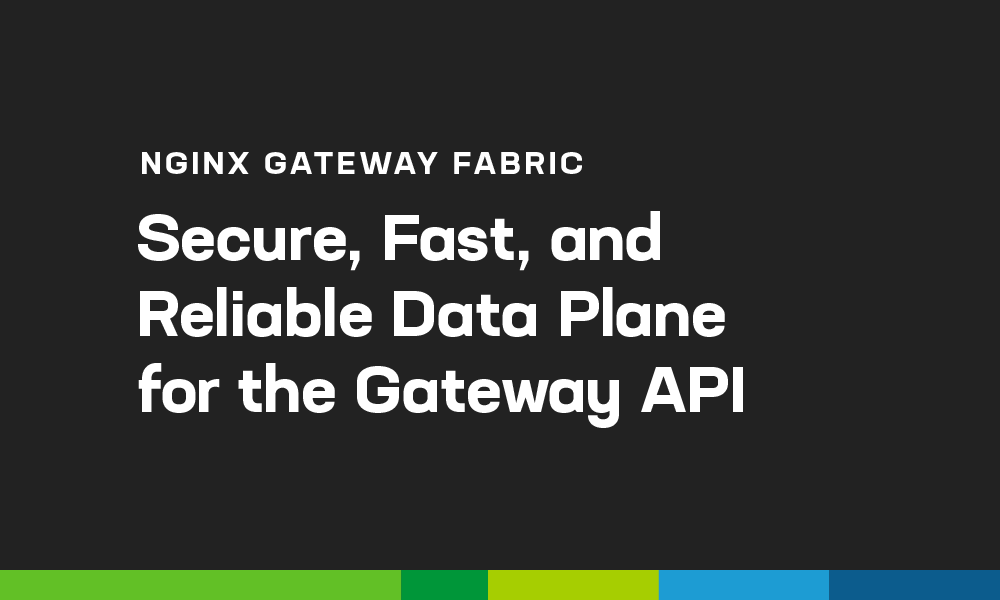
5 Things to Know About NGINX Gateway Fabric
Discover NGINX Gateway Fabric, our latest innovation for Kubernetes! Learn how this major release aligns with the Kubernetes Gateway API to enhance and standardize service networking.
-

How OpenTelemetry Is Changing the Way We Trace and Design Apps
OpenTelemetry is paving the way for Observability 2.0 by correlating the traces produced by distributed apps. By applying AI and ML to the data it produces, we can speed our journey to truly adaptive apps.
-

Seven Guidelines for Implementing Zero Trust in Kubernetes
More and more organizations, including the U.S. government, are recognizing the need for Zero Trust security. ZT is particularly important for distributed environments like Kubernetes. Follow our seven practical guidelines to implement ZT more easily and effectively.
-
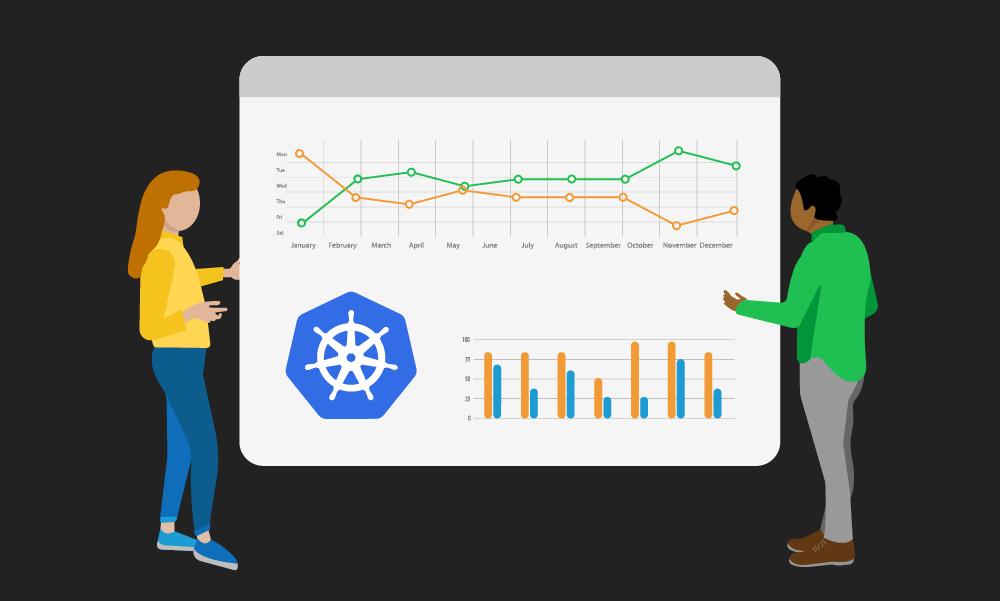
Lessons from the 2021 NGINX Survey: Your Kubernetes Adoption Journey
Our 2021 survey of the NGINX community reveals that two-thirds of you are using Kubernetes in production or planning to deploy within a year. But you’re also concerned about your level of knowledge and the complexity, security, and scalability of Kubernetes itself.
-

Do Svidaniya, Igor, and Thank You for NGINX
With profound gratitude for his contributions to both F5 and the Internet at large, we announce that Igor Sysoev, author of NGINX and co-founder of NGINX, Inc., is retiring to spend time with friends and family and work on personal projects. Спасибо, Игорь.
-
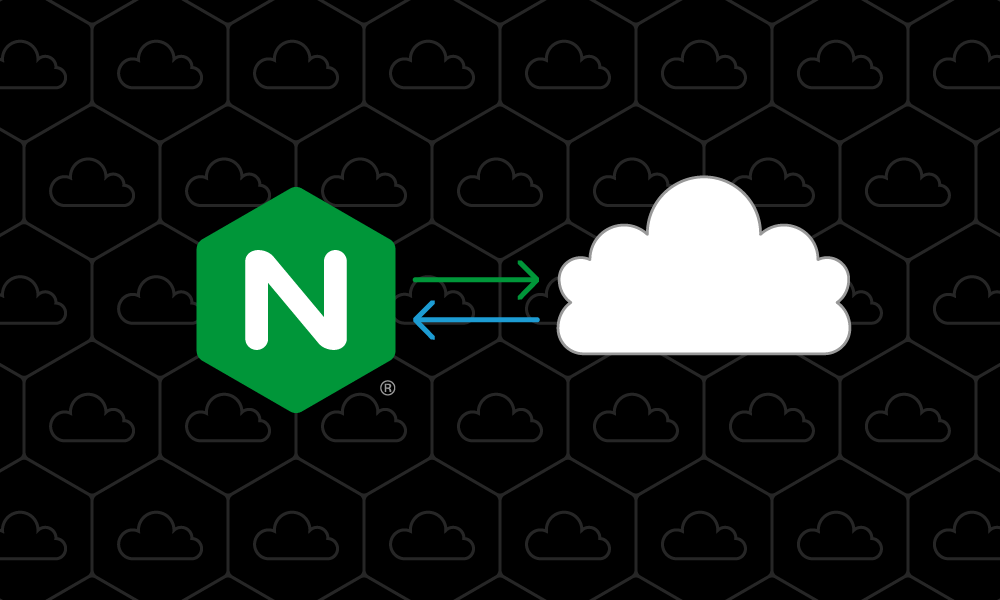
Using NGINX as an Object Storage Gateway
Deploying NGINX as a caching reverse proxy in front of Amazon S3 and S3-compatible object stores has two benefits: NGINX caches requests to your object store and prevents unwanted discovery of its contents. Get complete installation and configuration instructions.
-
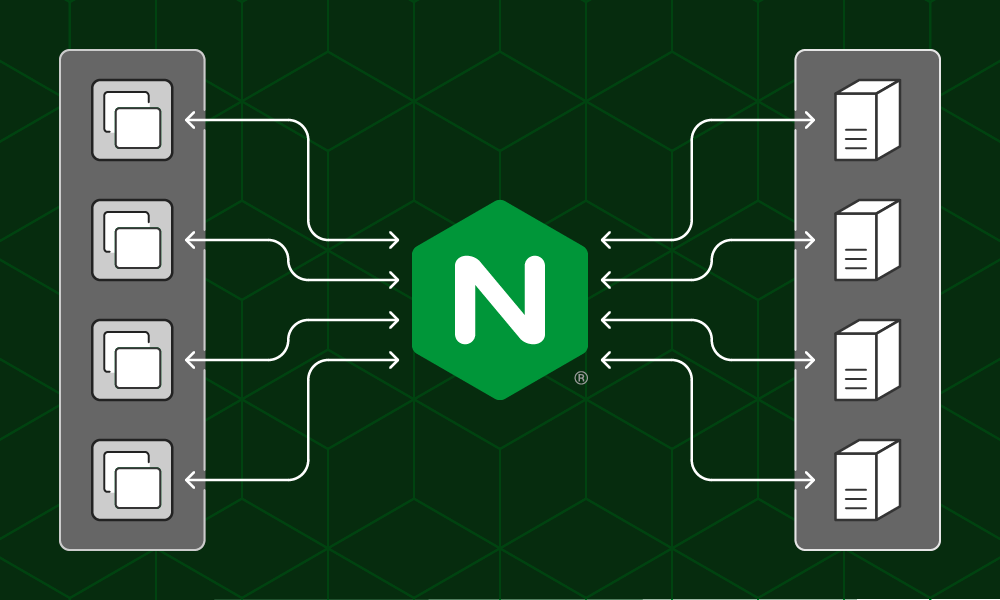
Comparing NGINX Performance in Bare Metal and Virtual Environments
We compare NGINX performance in bare-metal and virtualized (hypervisor) environments, finding a small but measurable performance cost for hypervisors. We also find that performance in Kubernetes environments is worse for network-bound but not CPU-bound operations.
-
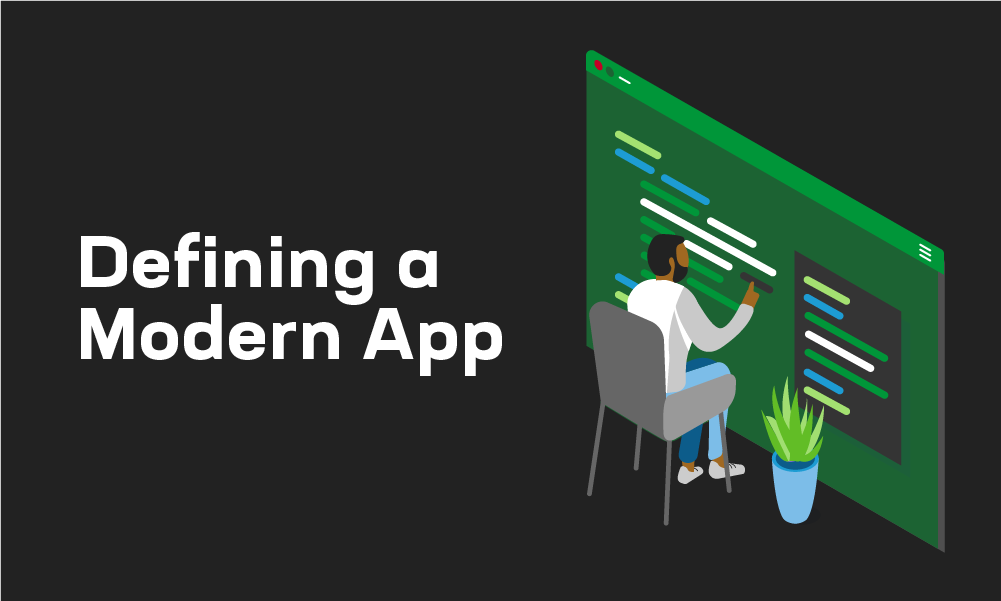
Defining a Modern App
What exactly do we mean when we talk about “modern apps”? We describe four key features that we believe an app must have to be modern — scalability, portability, resiliency, and agility — and six principles to guide development of your own modern apps.
